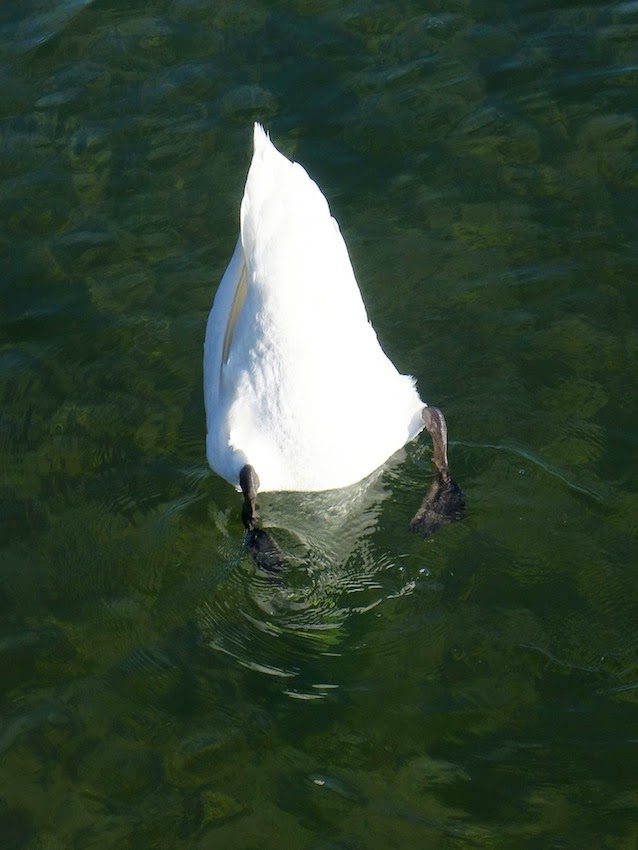For centuries a wooden bridge has crossed Lake Zürich at its narrowest point between Rapperswil and Hurden. Timber piles found on the lakebed indicate that there was some kind of crossing at this point that dates back to 1523BC. How such a precise date can be given is a mystery to me, but there you have it, this is what historians say! The wooden bridge was part of The Way of Saint James, a short cut across the lake that pilgrims took on their way to the Monastery in Einsiedeln and eventually onto Compostela in Spain.
In 2001 the 841 metre long wooden walkway was reconstructed and is now apparently the longest wooden bridge in Europe.
When we were there in October we approached the bridge from the southern side of the lake by Rapperswil.
The bridge kinks in a few places. After the first hundred metres or so the steel cable handrail moves to the other side.
Looking south.
Looking north.
Wood used to build the bridge apparently came from trees that had fallen in the 1999 hurricane Lothar. The bridge is simple, elegant and beautiful.
Away from traffic on the main causeway this walkway is very peaceful. A perfect place to mediate and reflect. Indeed we saw a few people doing just this. The main sounds were of water lapping against the wooden pillars and of chirping birds. We were lucky the weather was so perfect.
Looking east we saw snow covered mountains in the distance.
Looking west we saw Zürich in the far distance.




















